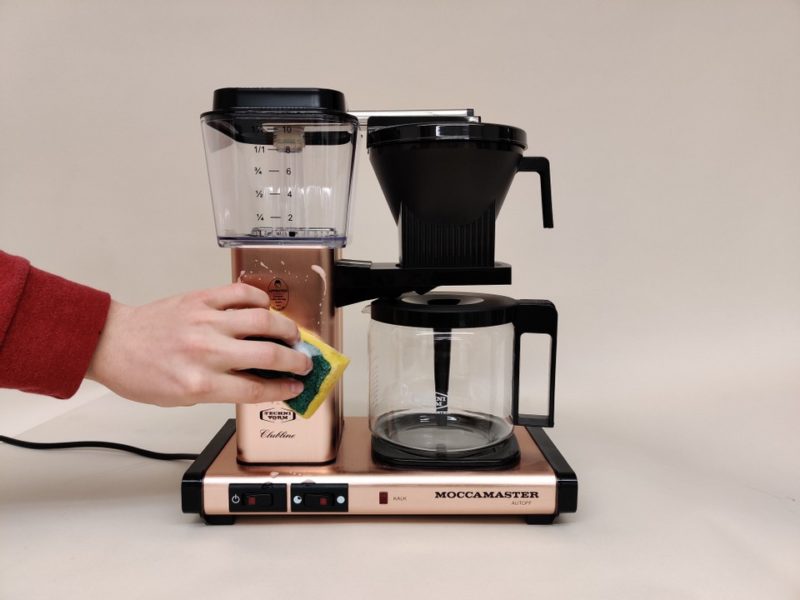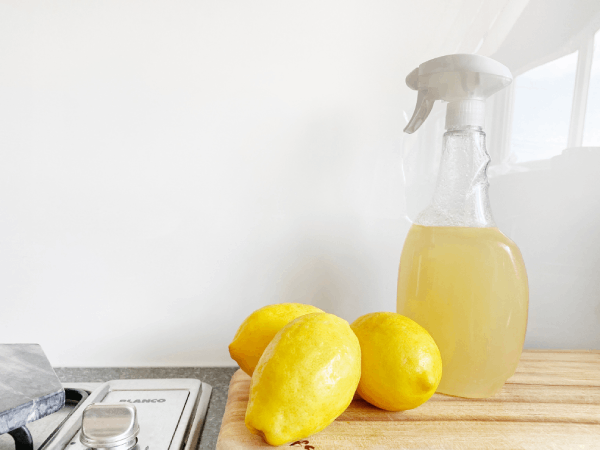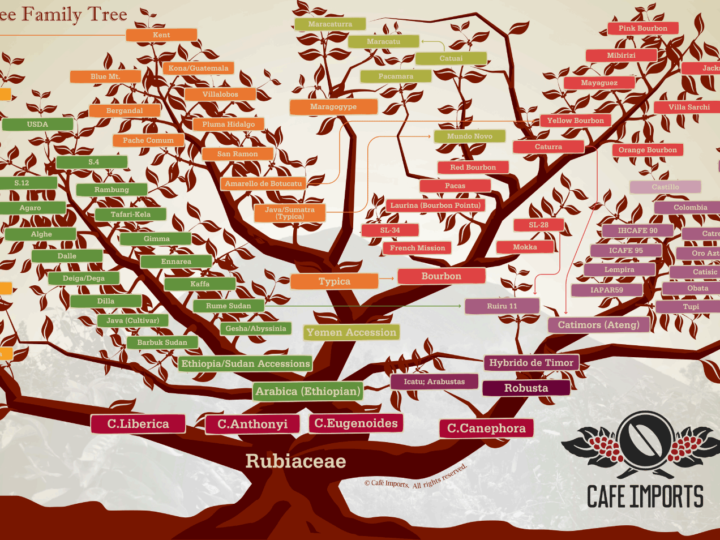Cleaning your Coffee Maker the Right Way
Cleaning the coffee maker regularly is smart both for the sake of the machine and the flavour of the coffee. A dirty coffee maker is slower and might consume more electricity. And the worst – make bad coffee.

Coffee makers collect all kind of dirt: limescale from the water as well as fat and colour from the coffee. Cleaning coffee maker doesn’t need to be difficult or expensive. Rather, you can keep everything clean with stuff found easily at the grocery store or home.
How often should you clean your coffee maker?
You should clean your coffee maker regularly every 1 to 3 months. This is usually plenty enough as long as you don’t measure the water with the coffee pot and wash the pot thoroughly with water or dishwashing solution always after use.
Cleaning your coffee maker after regular use
- Wash the filter and the pot after every brew with hot water and use soap on a weekly basis. Remember to rinse them well!
- Wipe the coffee maker with a wet cloth after it has cooled down.
Removing dark spots and fat
The flavours and aromas in coffee are mainly formed from the fats in the coffee bean. Over time, the fats collect into the coffee maker and especially in the coffee pot. Because of this, it is important to wash your coffee pot after each use with a dishwashing solution or at least with hot water. If the coffee pot is extremely dirty, you should put water and baking soda into it. The filter can also be cleaned with baking soda and a dish brush.
It is very important to not use the coffee put to measure water for coffee because that returns the fats into the machinery and makes the machine’s lifetime shorter. If this has happened, it is possible to wash some of the fats out of the machinery.
Cleaning your coffee maker with baking soda
Using baking soda is one of the best ways to remove fat from your coffee maker and coffee ban. It is important to never use your coffee pot to measure the water for coffee as this will transfer fat into the machinery.
Measure water and 2-3 tbsp baking soda into the maker and let it drip through the coffee maker. Repeat the operation 2-3 times without the baking soda to get all of the soda residues out.
The coffeemaker can also externally be cleaned with baking soda. Just make a paste from baking soda and water and brush it on the dark parts to remove the discolouration and fat residue. Baking soda is also good for cleaning your coffee cups.
Cleaning your coffee maker with vinegar
Limescale is present in hard tap water and slowly, it also begins to build up inside your coffee maker. With this issue, the solution is vinegar, because it dissolves the limescale. Read more about vinegar in cleaning.
You should mix about equal parts of vinegar and water and pour it into your coffee maker until it is half full. Switch the maker on, let it drip until half of the mixture has come through, switch the machine off, let it sit for 10 to 15 minutes and then finish the drip process. Afterwards, it is recommended to rinse the parts of your coffee maker thoroughly as well as run 3 or 4 pans of water through the maker, to eliminate the strong flavour of vinegar.

Cleaning your coffee maker with citric acid
Another way to get rid of limescale is citric acid. Mix approximately 3 teaspoons of acid for every litre of water and run it through your coffee maker the same way as with the vinegar, remembering to let the mixture rest for 10 to 15 minutes while it’s going through your coffee maker. Citric acid also has a strong flavour, so you should run 2-3 pans of water through (and rinse the pan) before using your coffee maker to make coffee.
Comments (0)
Leave a reply
You must be logged in to post a comment.




